Faster, richer, louder - How 2024 has changed gravel and off-road racing
Gravel discipline carving a path with more convenience, diverse courses and rewards that riders can take to the bank
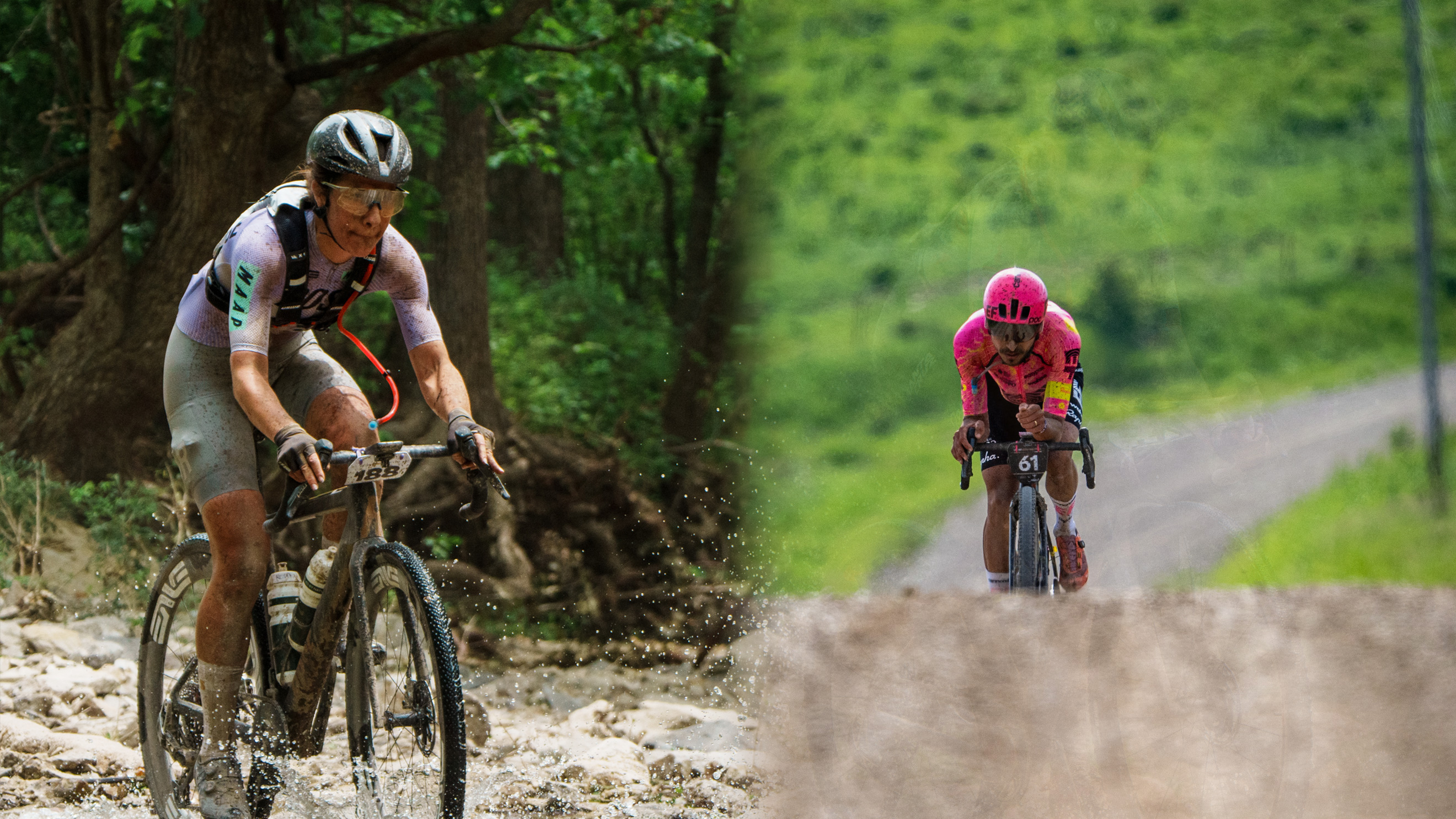
If 'faster, higher, stronger' is the motto for the Olympic Games, then 'faster, richer, louder' could be the new mantra for gravel racing after the 2024 season.
The trajectory of gravel engagement, be it the professional riders sprinting to the finish line after 200 miles or the higher numbers of participation from eager amateurs of all ages, continues to soar. Opportunities to grab bragging rights at stand-alone events or multi-race series are sprouting around the globe, now offering gender equity in prize money and race categories.
There is still no one standard definition of 'gravel', including how much or what type of terrain should be on an elite-level course, be it a gran fondo or a World Championships. The Worlds course in Belgium was unique and we'll most likely see something very different in Nice, France next October, too.
'Alternative' was one of the early descriptions of gravel racing and riding, and that still rings true today. Gravel refuses to be confined to one set of standards, staying true to its US roots, and finding firm ground globally among wide open spaces, hidden valleys and dirt paths.
What continues to be dependable are the athletes themselves who tackle off-road adventures and make it look perhaps not easy, but at least fun, even if it is often type 2 on the scale - pain and suffering in the moment but enjoyable in hindsight.
Carolin Schiff and Petr Vakoc scored the most points in the 2024 TREK UCI Gravel World Series, giving them favourable starting positions at the UCI Gravel World Championships. On the series scene, Karolina Migoń and Simen Nordahl Svendsen won the Gravel Earth Series, Keegan Swenson and Sofia Gomez Villafañe remained dominant in the Life Time Grand Prix, and Villafañe doubled up on the women's side to win Belgian Waffle Ride's Tripel Crown while Peter Stetina won the men's title.
Cyclingnews takes a look across the spectrum of gravel, pulling out some of the key notable developments and moments of 2024.
Get The Leadout Newsletter
The latest race content, interviews, features, reviews and expert buying guides, direct to your inbox!
Nothing average about seismic speeds
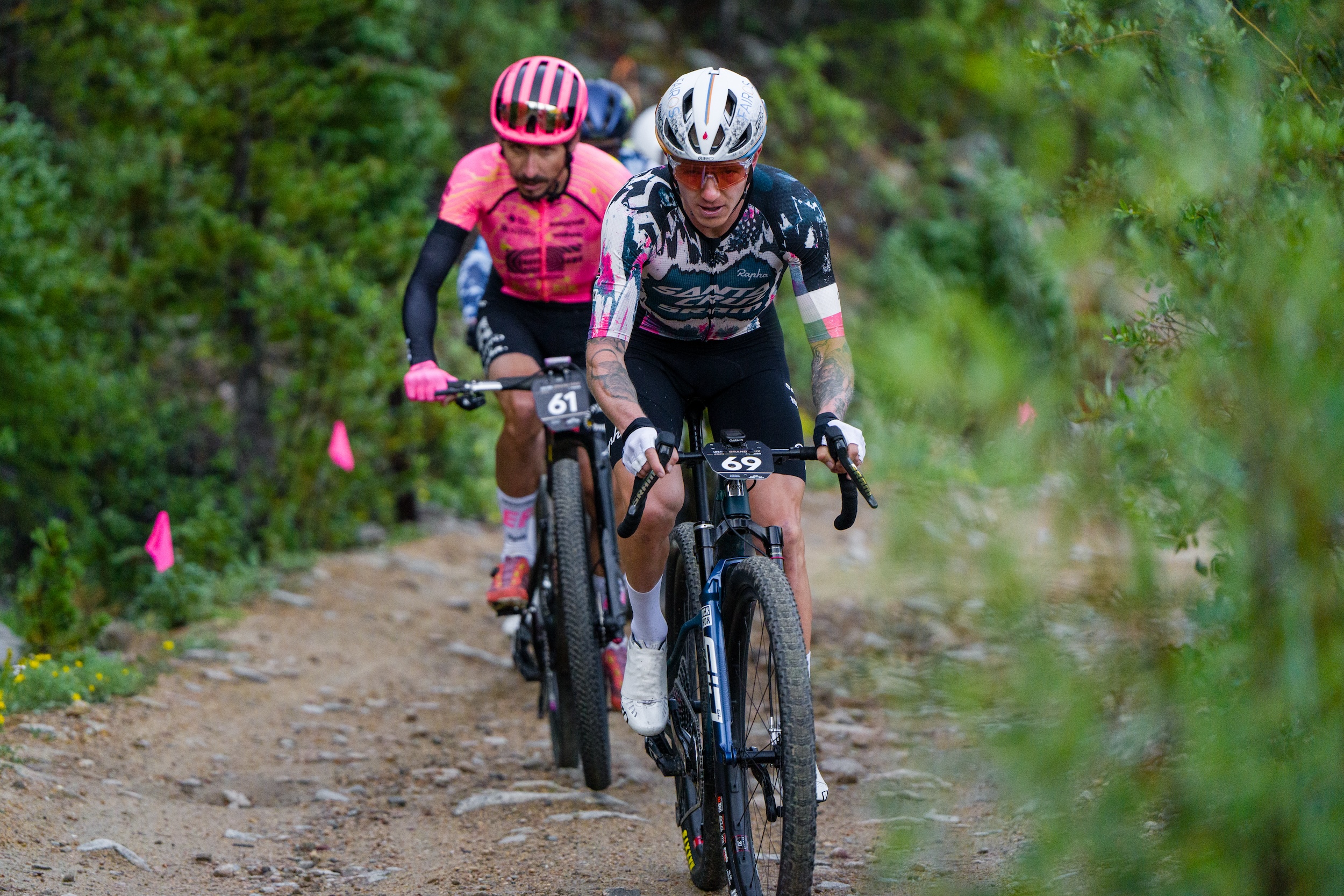
When the weather conditions cooperate, record times continue to fall. It's not just road racers coming to gravel either that increase the pace in fields. Factors include stronger all-around riders, better equipment and swifter transitions for equipment and hydration/nutrition stops all adding up to shorter times spent on long-distance courses.
We'll start with a look back at Unbound Gravel 200, since it has a solid history for the discipline dating back to 2006. In the first 15 editions of the 200-mile race, there was only one sprint finish for elite men, and that was 2015 when Yuri Hauswald finished in 13:01:17, one second faster than Michael Sencenbaugh. They averaged 15.44 miles per hour (24.8 kph) over a muddy north course. Amanda Nauman won the women's division in 14:08:18 and averaged 14.22 mph (22.8 kph).
Nine years later on a similar course at Unbound 200, albeit a mainly dry one, the average speed was up to 22 mph (35 kph) for men and 19.4 mph (31 kph) for women. Men's winner Lachlan Morton edged Chad Haga in 9:11:47 and women's winner Rosa Klöser led a nine-woman sprint in 10:26:02. A seismic change.
A similarly long endurance test in Europe is the Traka 360, and speeds there are also on the rise. Mattia de Marchi was the first rider to finish in under 13 hours in 2023, a year without major mud allowing him to average 17.3 mph (27.85 kph). Amity Rockwell took an hour off the women's previous best time that year, winning the women's division in 15:01:02, averaging 14.9 mph (23.97 kph). While the 2024 race was shortened by 20km due to adverse weather damaging sections earlier in the week, winners Peter Stetina and Karolina Migoń raised the bar on speeds, Stetina averaging 19.1 mph (30.75 kph) and Migoń averaging 17.68 mph (28.46 kph).
To see the shift in speed in a capsule, you only need to look at the epic Leadville Trail 100 MTB over the past few years, as it is part of the Life Time Grand Prix. Four-time winner Keegan Swenson has set new course records in consecutive years. He set a new course record in 2023 crushing his 2022 record by 15 minutes. In 2022, he finished 11:25 faster than in 2021. From 2021 to 2024 Swenson has increased his average speed by 1.89 mph (3 kph), and this year was just over 5 minutes shy of his 2023 record time even with a mechanical and opting to ride a drop-bar machine over a mountain bike.
UCI Gravel World Series offers new marker for flexibility
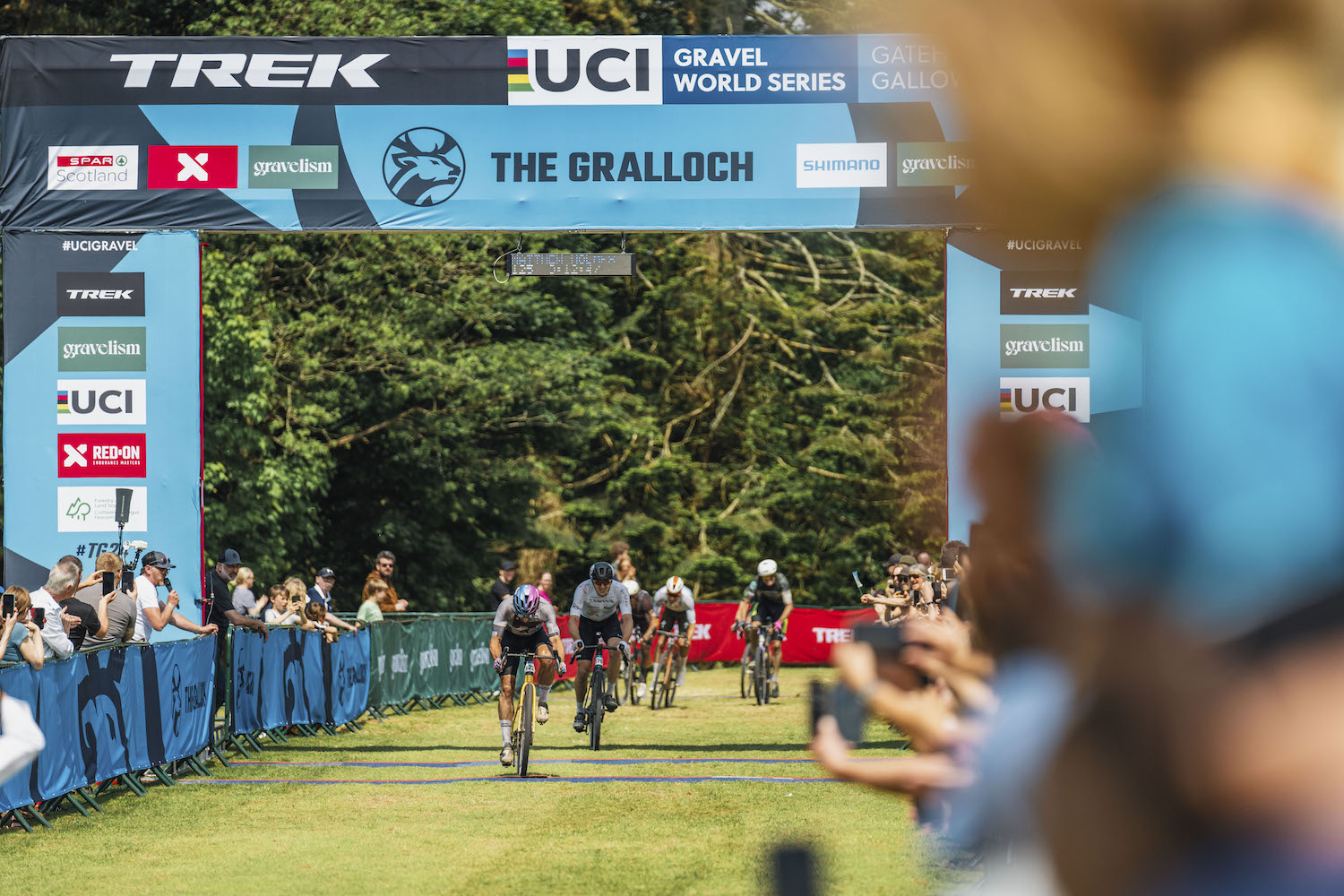
The US may have built high-profile gravel races and series that have garnered profile while The Traka also followed that path in Europe, but there was little elsewhere that was instantly as recognisable or aspirational on a global scale. That doesn't mean there wasn't a legion of other more localised events, but with no formalised ranking system there was no easy way of marking out in which realm they belonged.
The UCI Gravel World Series has changed all that. In 2024, it somehow felt like the year the World Series went from an experiment to a fully-fledged going concern. The number of races grew – 25 this season from 10 in the opening year of 2022 – plus there was an increasingly impressive geographic spread and strengthening fields of riders, many committing to making their way to numerous events on the circuit. The privateers, who before may have struggled to find a universal marker outside the US to use as evidence of their credentials to show potential sponsors, now had a recognised top-tier event to point to - with wins or podiums at the series a handy addition to any pitch.
What's more, as qualifiers for the UCI Gravel World Championships, riders now had more incentive than ever to turn up for their nearest event and try and make the cut for the race for the rainbow stripes. What's more, particularly in areas where more than one event was accessible, a catastrophic mechanical, illness or local course that didn't suit didn't have to end their hopes, with another event always around the corner.
Organisers, too, have increasingly recognised the appeal of making local events part of a globally recognised series, with many lining up to be added to the calendar. So many, in fact, that now 2025 is looking to deliver around 35 events.
A growth in the number of races and geographic spread of the series means the opportunity to accelerate the embrace of gravel racing as a truly global sport, for both the weekend warriors and budding professionals, just keeps picking up momentum. In 2024 the series and World Championships established footholds as events that are here to stay.
Gravel tech topping road tech
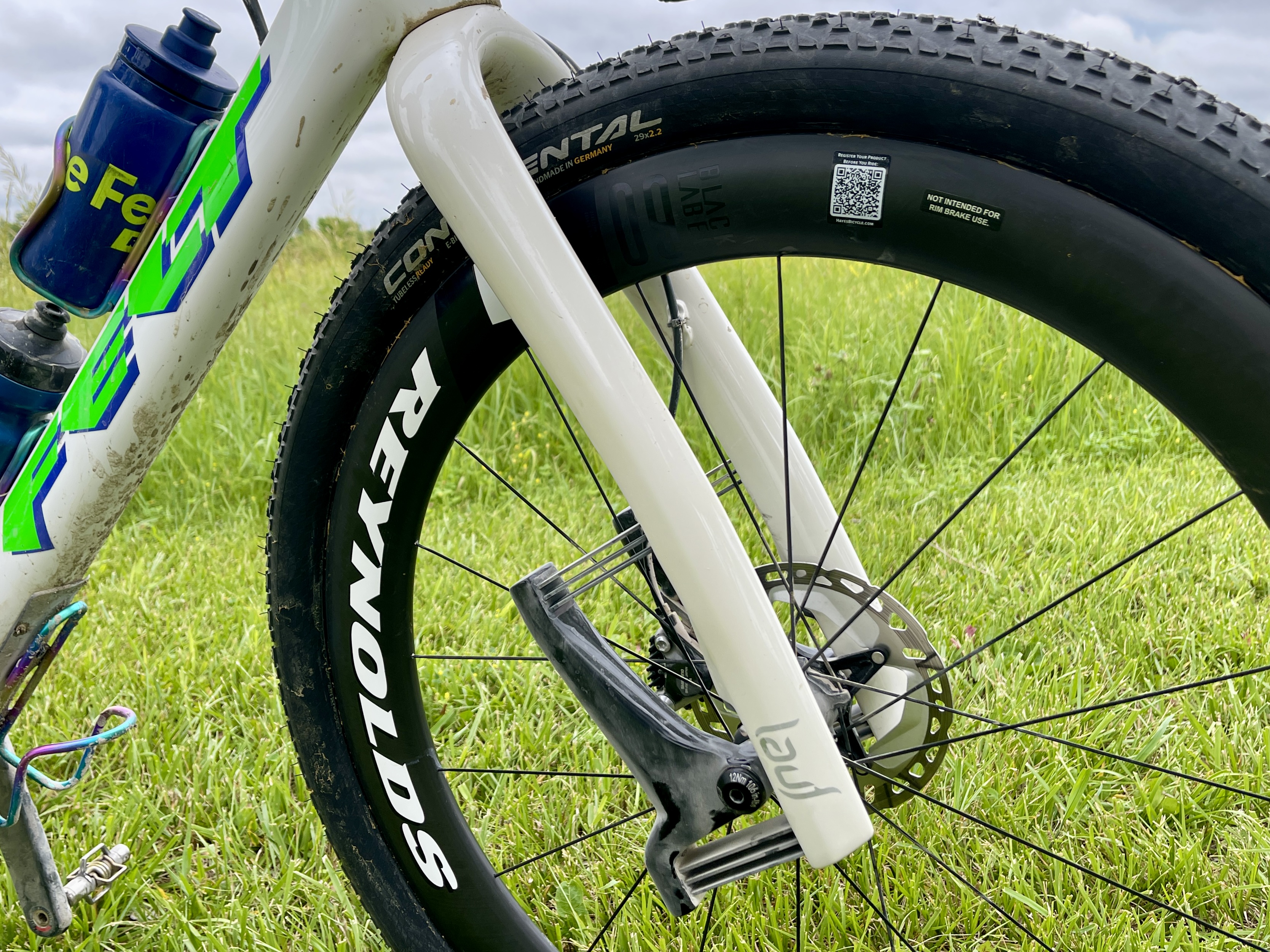
On the tech front, gravel race bike technology has continued to develop and evolve at pace in 2024 and is more varied and dynamic than road tech right now.
At the sharp end, gravel racing is only getting faster and more competitive. This quest for speed across a variety of terrain is informing the development of gravel race equipment. Aerodynamics, efficiency and rolling resistance are playing a key part in things.
A slew of interesting gravel tech was released this year. In the run-up to Unbound Gravel, Castelli released a gravel jersey with a built-in hydration bladder to save weight and aid aerodynamics for riders carrying their fluids in long races. SRAM also invested further in gravel tech with their new Red XPLR AXS 13-speed gravel groupset. Ridley quietly released an aero gravel race bike which was ridden to fourth place at Unbound.
Wheel rim, tyre sizing and pressures are a hot topic in gravel right now, in short, larger-sized tyres can be run at lower pressures on wider rims. This boosts efficiency by reducing vibrational losses over rough ground and saves riders watts during a race. US gravel racer Dylan Johnson has used aero wheels and Continental MTB tyres on his gravel bike this year. Whilst Zipp's new 303 XPLR wheelset uses the widest internal rim size ever seen in road or gravel at 32mm, the wheels are wider than many MTB rims.
At the start of October, Marianna Vos used the Gravaa adjustable tyre inflation system to sprint to victory at the UCI Gravel World Championships in Belgium. The system has been developed over several years and allows riders to deflate and inflate their tyres repeatedly to suit the terrain. The ability to run lower tyre pressures on rougher ground and higher pressure on faster surfaces aims to create a more efficient overall setup, rather than the rider having to compromise. Vos used the system with tubular tyres interestingly, perhaps to mitigate the risk of unseating a tubeless tyre if riding at very low pressures.
Gravel race tech is exciting right now because equipment is being experimented with and tested to find the fastest option for a range of courses and terrain. We have seen drop bars being used on a mountain bike at Leadville, as well as plenty of gravel suspension forks and a range of other pretty crazy setups. Gravel racing isn’t slowing down and we expect to see more of the same in 2025.
Elite women-only starts
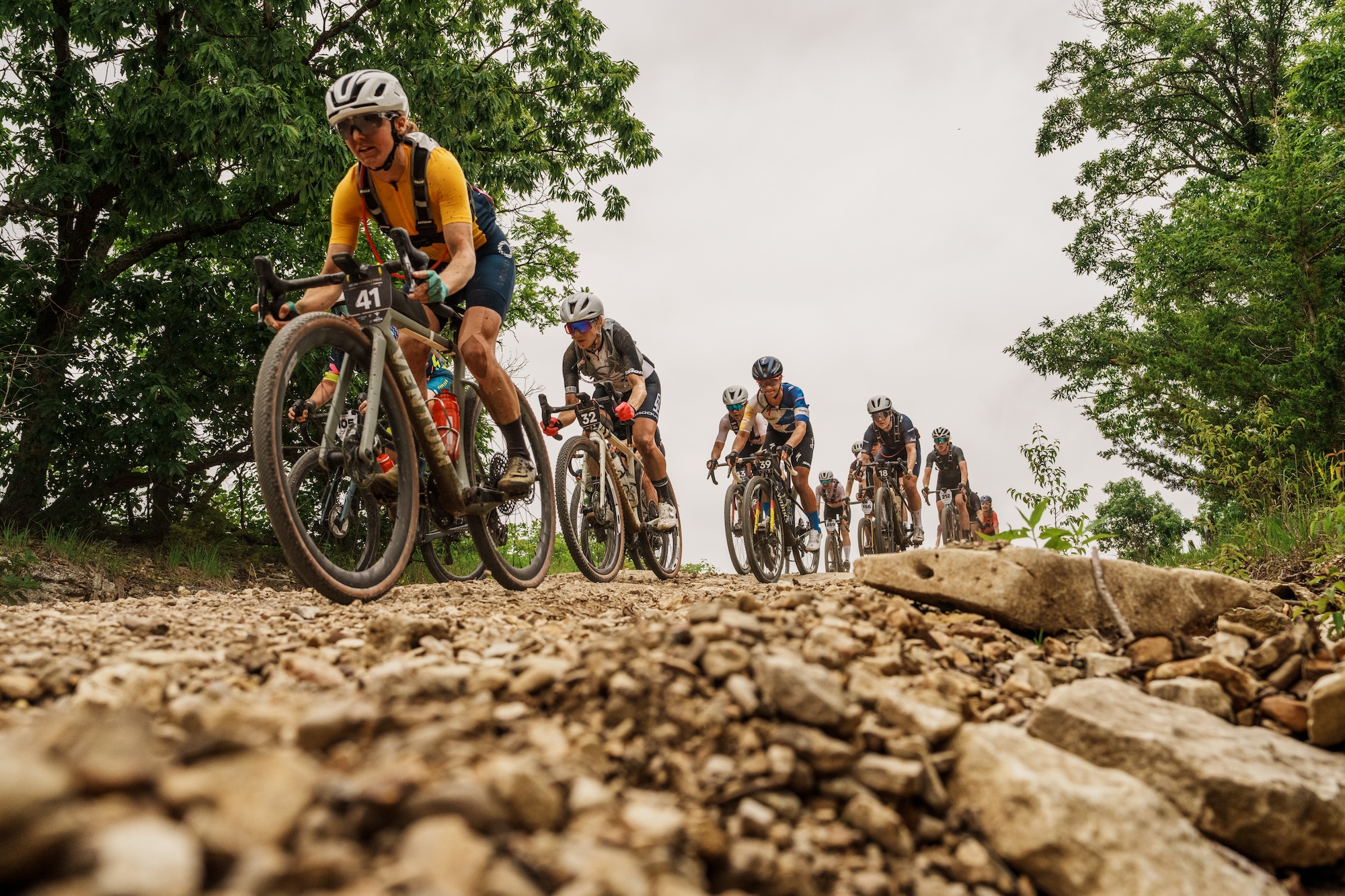
Unbound Gravel 200 was a game-changer for the elite women. For the first time in the race's 17-year history of mass starts with mixed genders, the elite women received significant separation from the men at the sound of the gun.
Fifteen minutes after the elite men, the elite women took to the course from downtown Emporia, Kansas, and then there was a significant gap of 25 minutes for the amateurs to pounce from the line. At The Traka 360, the start times were opposite, with the women pedalling at 6:00 a.m. local time in Girona, Spain and the elite men taking off with open categories 30 minutes later.
All the UCI Gravel World Series events are independent, so start procedures do vary, but guidelines do specify that from a start grid of elite men and women there should be a minimum of a one-minute interval between the categories. There are variations of start arrangements for age group categories.
"I did lots of UCI races this year and most of them (all) had own women starts, but in the end everything was mixed again because of less time gaps between women and age group men. I think the race with the less men’s impact was Unbound this year," Schiff, who won three UCI Gravel Series events as well as The Traka 200, told Cyclingnews.
"In some races we start before the age groups. With this scenario the men catch us and just the strongest of us women are able to stay with them. The other version was that we start last just before the age group 60+. With this women have the problem that we have to pass the slower age group men which was really dangerous sometimes."
US organisers Life Time adjusted starts for all of the races in their off-road series to allow women a separate send off. It was a totally new dynamic for the racers, and for spectators to witness the talents of women.
"I think we certainly proved how exciting women’s racing is with our performance," Sarah Sturm said to Cyclingnews, finishing seventh in the lead pack at Unbound Gravel 200.
"The biggest piece is that we have a race from the start with just women. Normally it’s just about going ALL OUT from the gun and trying to luck your way into the fastest group of men. This means we usually never know where anyone is and it becomes women in a men’s race. All of our hard work, training, preparing was rewarded with a professional women’s race."
One of the holdouts to change from the group gallop start was SBT GRVL in Colorado. In 2025 organisers will restructure with separate starts for elite men and elite women, which has been applauded by many riders.
Cyclocross stars grab rainbows in Belgium
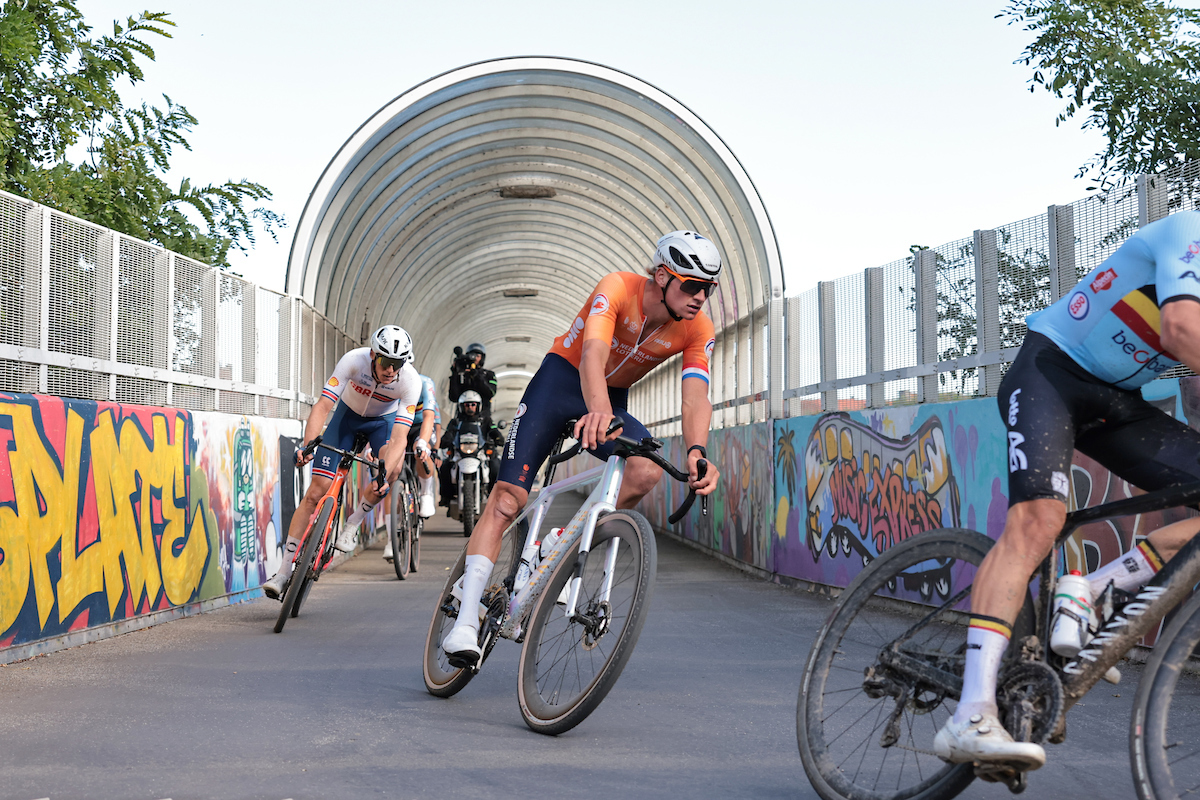
The word 'Classics', not 'classic', came up time and again to describe the 2024 course for the UCI Gravel World Championships. After two years in Italy with a heavy mix of pavement and dirt roads, the new battle for rainbow stripes was contested on what most elite and amateur riders likened to a Belgian Classics road course, which seemed like a magnet to attract many pro riders from other disciplines to join the party.
Many of the 'regular' gravel riders did not have enough UCI points to start at the front of elite start grids, thus getting squeezed from making any significant moves across the tight singletrack and narrow bike paths, and even a spiralled bike commuter bridge through a train station. Where were the giant climbs, gnarly descents, washed-out dirt roads and elevation gain to clearly discern gravel champions?
Belgium gave gravel its own flavour in 2024, and the riders who had the best technical skills on varying terrain gained the glory. It was no surprise that those who had worn the rainbow stripes of cyclocross world champions Marianne Vos and Mathieu van der Poel, both representing the Netherlands, earned more in another discipline.
"Every country has its own kind of gravel style racing," is how Greg Van Avermaet summarised how a world championship course should look for gravel. "This is Belgium, so that's our kind of gravel - some corners, a lot of buildings, forests, punchy climbs and not wide roads. It's a good combination. I think it's Belgium."
Pay days are good days
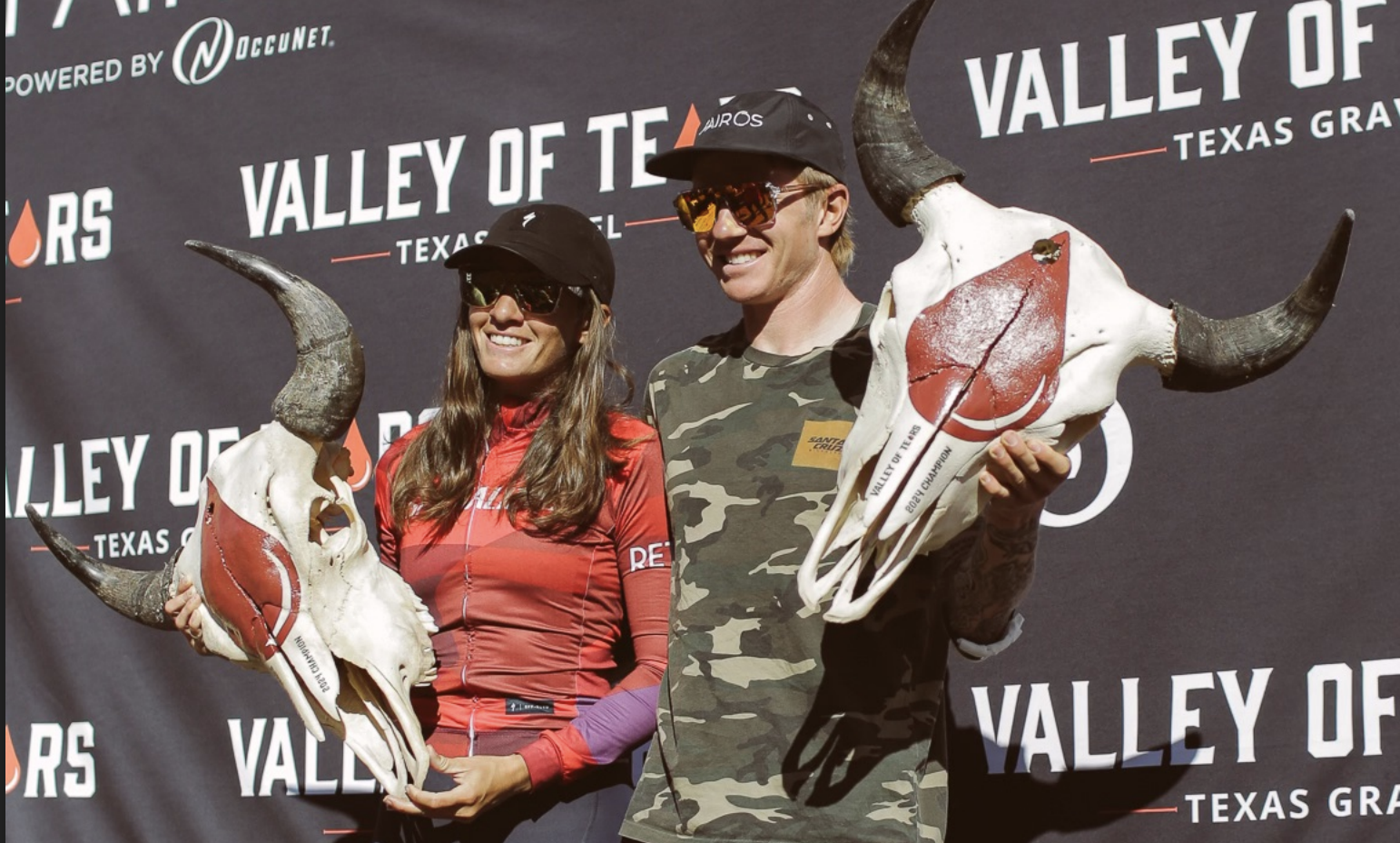
The surge in gravel racing was never fueled by prize money, specifically, but it doesn't hurt to defray the costs of the largely-privateer platform. Gravel racing still comes with heavy servings of good vibes and adventures, where a belt buckle or a pirate sword are a form of currency, but not ones that pay the bills. In addition, the thirst to pin on a number is many times quenched by just being part of a group ride, avoiding retirement and not being distracted by a result.
In 2024 there were several boosts in earning opportunities based on podiums. With an invitation, the top 10 riders for women's and men's divisions in the Life Time Grand Prix were offered shares in a $300,000 purse, a 20% increase from just a year before. A new race in a remote part of west Texas, Valley of Tears, put up $26,000 for top 10 elite men and women riders, and at the start line doubled the offer - $52,000 for the top 20 in both divisions. There were events in Australia too that delivered, with the new RADL GRVL offering a prize purse of $10,000 Australian and Sutton Grange Winery - Uncorked Gravel coming to the party with $5,500.
Several races and series have also announced there will be a more profitable path based on performance in 2025, including $30,000 at Unbound Gravel 200 for the first time, a whopping $100,000 at Gravel Worlds in Nebraska and a purse of €37,500 in the Gravel Earth Series shared by tops 10s in elite men, women and non-binary categories.
In a look back at 2024, riders could pick and choose from a variety of events offering cash payouts, cool prizes, unique experiences as well as the geography or audience best suited to sponsor objectives.
As Peter Stetina put it, "you can't ever bank on prize money. That's like a bonus. The privateer model, we're making a living via contracts and endorsements." But thanks to a growing trend, there is more cash out there for the taking.

Jackie has been involved in professional sports for more than 30 years in news reporting, sports marketing and public relations. She founded Peloton Sports in 1998, a sports marketing and public relations agency, which managed projects for Tour de Georgia, Larry H. Miller Tour of Utah and USA Cycling. She also founded Bike Alpharetta Inc, a Georgia non-profit to promote safe cycling. She is proud to have worked in professional baseball for six years - from selling advertising to pulling the tarp for several minor league teams. She has climbed l'Alpe d'Huez three times (not fast). Her favorite road and gravel rides are around horse farms in north Georgia (USA) and around lavender fields in Provence (France), and some mtb rides in Park City, Utah (USA).
- Tom WieckowskiTech writer